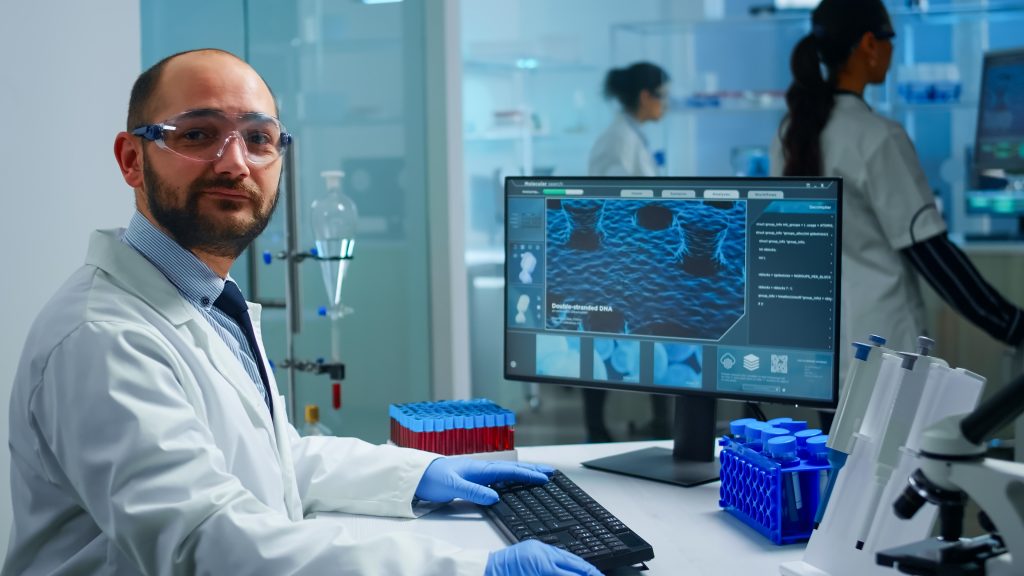The Role of LIMS in Supporting Pathology Lab Research and Development

The Role of LIMS in Supporting Pathology Lab Research and Development
Pathology labs play a significant role in research and development (R&D) for medical advancements, including disease diagnosis, drug development, and personalized medicine. R&D in pathology requires meticulous data management, standardized processes, and detailed tracking, all of which are supported by Laboratory Information Management Systems (LIMS). Here’s how LIMS supports research and development efforts in pathology labs.
1. Centralized Data Management for Research Data
LIMS centralizes all research data, making it easy to organize, retrieve, and analyze information for studies and projects.
- How It Helps: By storing all research data in a single, accessible system, LIMS allows researchers to efficiently manage data, collaborate with colleagues, and streamline research efforts.
2. Enhanced Sample and Data Traceability
LIMS provides comprehensive traceability for samples and test data, crucial for accurate research findings.
- Why It’s Essential: Sample traceability ensures that all data related to a sample, including test results and protocols, is accessible and accurate, which is vital for reliable research outcomes.
3. Standardized Protocols for Consistency
LIMS enforces standardized research protocols, ensuring that every study follows the same procedures.
- Why It Matters: Standardized protocols reduce variability, enhance reproducibility, and improve the credibility of research findings, which is essential for R&D success.
4. Integration with Analytical Instruments
LIMS can integrate with analytical instruments and lab equipment, streamlining data collection for research purposes.
- How It Helps: Integration reduces manual data transfer, minimizes human error, and accelerates the data collection process, making it easier to conduct large-scale studies.
5. Data Analytics for Research Insights
LIMS provides data analytics tools that enable researchers to analyze trends, identify patterns, and gain insights from experimental data.
- Why It’s Beneficial: Analytics facilitate data-driven discoveries and enable researchers to make informed decisions, helping labs advance their R&D initiatives effectively.
Conclusion
LIMS is a powerful tool for supporting R&D in pathology labs, offering centralized data management, traceability, protocol standardization, and advanced analytics. By adopting LIMS, pathology labs can accelerate research processes, enhance data accuracy, and make meaningful contributions to medical science, ultimately supporting the development of innovative diagnostic and therapeutic solutions.
